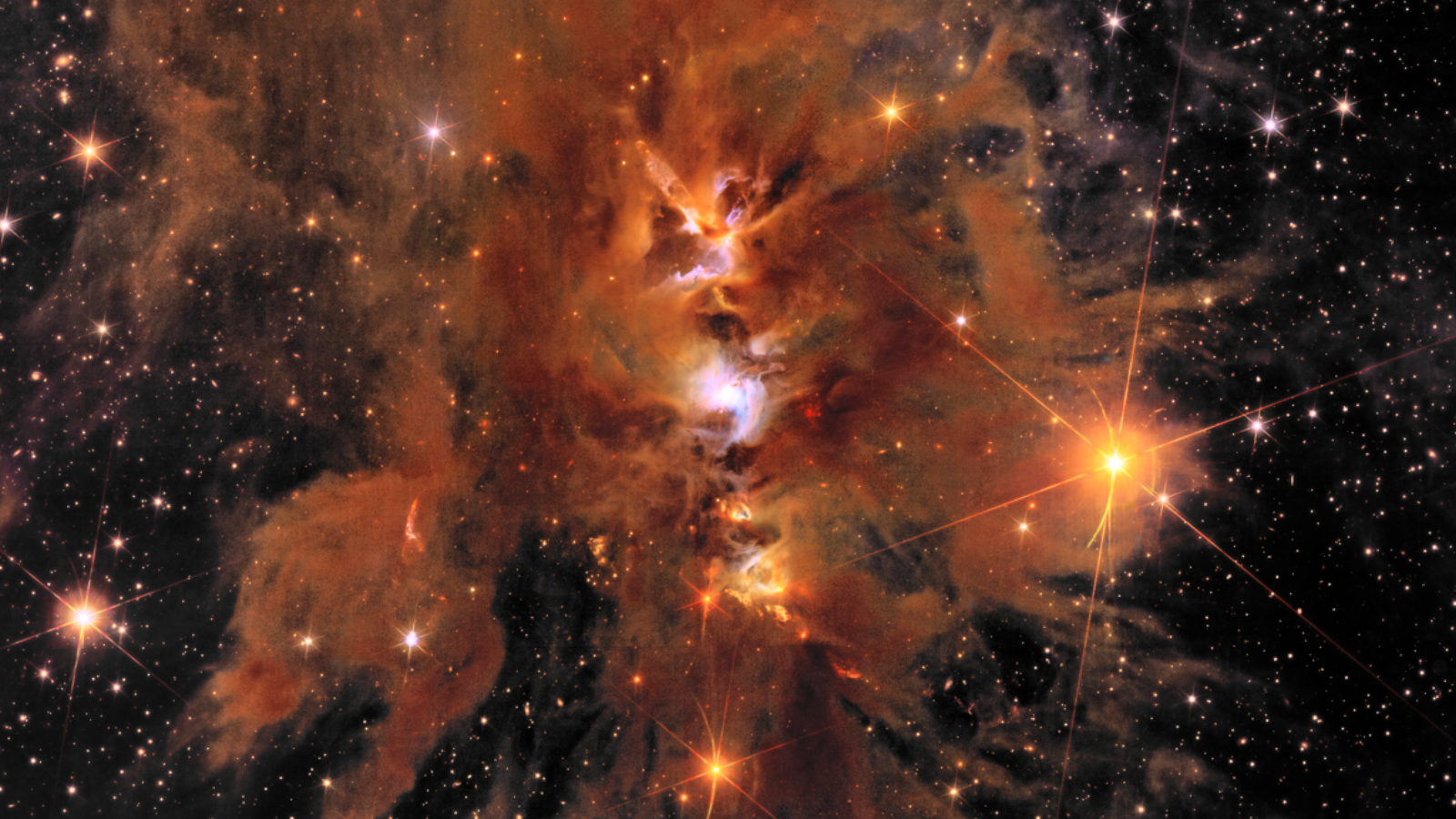The Euclid space telescope has released five new views of the cosmos that show an array of celestial objects in unprecedented detail. Euclid has been dubbed a "dark universe" detective because its primary mission is to investigate the universe's two most mysterious elements: dark energy and dark matter , often collectively described as the "dark universe." Dark energy is the placeholder name given to whatever force is causing the expansion of the universe to accelerate, while dark matter is a form of matter that is effectively invisible because it doesn't interact with light.
This means scientists know it can't be "ordinary" matter made of electrons, protons and neutrons that comprise stars, planets, moons, our bodies, and pretty much everything else tangible we can indeed see and interact with. Related: Euclid 'dark universe' telescope captures 1st full-color views of the cosmos (images) This unseeable dark universe is a big problem for scientists because dark energy is thought to make up around 68% of the universe's energy and matter budget, while dark matter comprises about 27% of it. Thus, 95% of the universe's matter and energy is in the dark domain; stuff scientists actually understand accounts for just about 5% of the cosmic matter/energy budget.

Euclid, however, is expected to be able to probe some of these dark universe intricacies. These new images are part of the telescope's Early Release Observations and show that not only is Euclid up to that task, but it may ver.
















